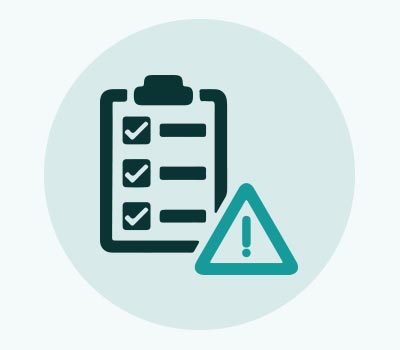Risk & Vulnerability Assessment
Decision makers operate in a busy and noisy world. They have limited time, attention, and money to spread around to the various problems that need to be addressed so they need to stay focused on the things that matter most.

Yet decision makers are challenged by imperfect information and the unknown, making it difficult to identify and focus their attention on the most important and/or urgent priorities with confidence.
Risk assessment has evolved over many decades in several disciplines – business and economics, disaster risk management, emergency management, human health, and natural resource management – as approach to decision making that acknowledges the unknown explicitly. Typically, risk is viewed as a combination of the probability (chance, likelihood) of an adverse or unwanted event, and the severity or magnitude of the consequences of that event. Likewise, vulnerability assessments have become increasingly used in climate change adaptation as a way of assessing, measuring, and/or characterizing the exposure, sensitivity, and adaptive capacity of a social-ecological system to help guide resource allocation in adaptation planning.
Although risk-based and vulnerability assessment approaches have evolved over several decades, there is no single framework that works in all situations. Approaches can vary from indicator based approaches to those involving coupled modelling and/or a probabilistic description of outcomes. Not surprisingly the variety of approaches, applications, and language for assessing and managing risks and climate vulnerabilities can confuse and overwhelm those interested in applying these methods to their situations.
Our view when undertaking risk and vulnerability assessments is that form follows function. We need to understand the situation and needs to best match or tailor the approach. In doing so, we embrace uncertainty by focusing on those unknowns that are most critical to decision making, take a systems perspective to understand the dominant factors that influence a client’s risk, rely on a strong basis of scientific evidence, and encourage collaboration with decision makers to help understand their risk tolerance to different outcomes. Risk and climate communications are also essential since the communication needs of senior leaders, stakeholders, and the public can be diverse.
Key services in this space include:
- condition and risk assessment of natural asset inventories using qualitative or quantitative methods to assign condition and risk scores associated with key stressors (can be displayed in interactive, web-based dashboards)
Key projects showcasing these services include:
- Developing a compendium of tools for climate change vulnerability assessments in Canada
- Vulnerability assessment of freshwater ecosystems to climate change in the Cariboo-Chilcotin, British Columbia
- Developing a risk management framework for the incidental take of migratory birds in Canada
- Characterizing environmental risk of provincial hydro-electric operations for corporate decision making
- Prioritizing climate sensitive decisions across program areas for Fisheries and Oceans Canada
- Situational assessment of factors contributing to heatwave vulnerability in Karachi City, Pakistan
- Assessing natural hazard risks for infrastructure in El Salvador
- Ontario Provincial Climate Change Risk Assessment
- Condition and risk assessment of natural asset inventories
